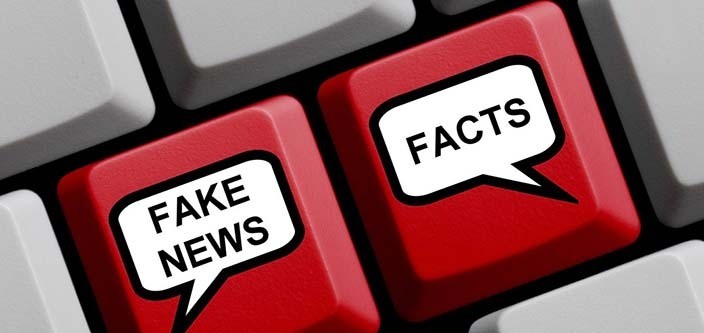The world’s first digital natives were born with a world of knowledge at their fingertips.
But just because Gen Z have grown up with access to unlimited information, it doesn’t mean they’re not still susceptible to the corruption of misinformation and disinformation, especially on social media.
A 20-year-old male from the ACT told us there was a massive social change occurring globally because of social media.
“I think that this is really exciting and empowering and educational,” he said.
“But at the same time we’ve all heard about the massively negative impacts that digital echo chambers, political polarisation and dissemination of misinformation are having.”
So what impacts can these have? Politico’s Matthew Choi analysed Gen Z’s affinity for social media and its dangers.
“With an inundation of information, a penchant for picture-based platforms that can obfuscate nuance and an emotional media landscape rife with conflicting and dubious accounts, Gen Zers can and do fall into pitfalls with serious implications on their political outlook,” he said.
When it comes to social media, Choi even goes so far as to suggest that Gen Z “is the source of the misinformation it consumes”.
Take the case of 22-year-old Kendall Olivia Matthews, who took to TikTok last September complaining that her mail-in ballot paper came wrapped in Trump’s re-election campaign materials.
“I almost threw it away because this is what it looks like,” she said in the video tirade, while holding a Trump leaflet.
“This looks like an ad for Donald Trump. This does not look like an absentee ballot request form.”
The plot twist?
Kendall knew it wasn’t a ballot paper from official election organisers, but a voter registration form – which political parties and campaigns often mail out to encourage people to vote (and is completely legal).
Once Kendall saw how people were interpreting the video she tried to stop the spread, but by then the video had been viewed more than 2 million times on Twitter and 10,000 times on TikTok.
Yikes.
“The viral video wasn’t deliberate disinformation, brewed up by a cabal of Russians or other anti-democratic forces,” wrote Choi in Politico.
“Rather, the video’s journey from one young woman’s complaint to viral sensation is emblematic of the unprecedented misinformation challenges Gen Z voters face, despite their social media savvy.”
So what can Gen Z do on the (social media) front line?
Let’s be clear – Gen Zs are media literate.
They’re not falling for the kind of fake news that tends to (still) dupe others.
However, the relentless inundation of information on social media platforms like Instagram and TikTok, where information can be easily manipulated, has opened up new avenues for trouble.
But that doesn’t mean Gen Z is weaponless.
US-based advocacy campaign Stronger – supported by Google – released an easy-to-follow ‘How to Spot Misinformation’ guide to help Gen Zs detect misinformation, disinformation and conspiracy theories when they might not have the time or the energy for traditional fact checking.
Here’s what they suggest.
1. Check the source Look at what is being said. Is the website, or person (or account) known for conflating facts and opinions? Is it mostly “us vs. them” rhetoric?
2. Check the date Is the article or social post positioned as recent news, but was actually published months or years ago? Is there updated information available elsewhere on the internet?
3. Check the data and motive Where did the information originally come from? Is there an abundance of claims with no real evidence? Understand why it’s being said. Are they just trying to get views/clicks? Are they just looking for anything that supports their own worldview?
4. Still unsure? Use a reputable fact-checking website. Websites like FactCheck.org or Snopes.com are great resources if you’re still unsure. And check out FactSparrow, a social media bot that delivers fact-check links into Twitter conversations when tagged.
(Source: Stronger)






